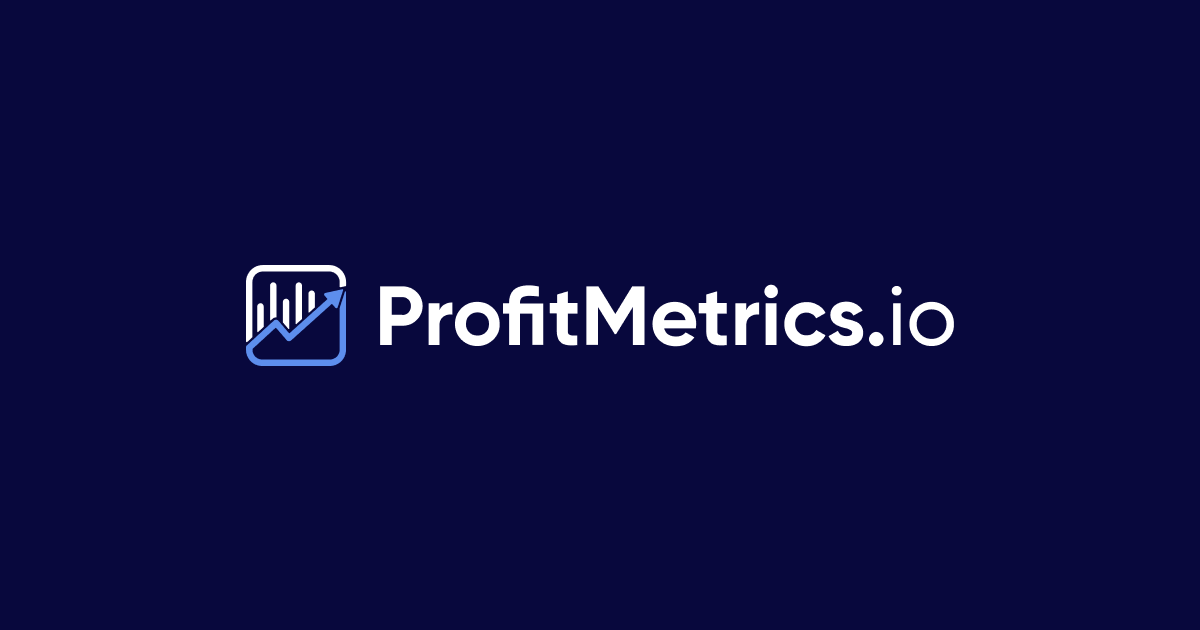In the world of digital advertising, ROAS (Return on Ad Spend) has long been the default metric for evaluating campaign success. On platforms like Google Ads, it’s the go-to standard, giving advertisers a straightforward way to measure how much revenue they earn for every dollar or euro spent. While ROAS is undeniably useful, relying solely on this metric can lead to flawed decision-making and missed opportunities for true profitability.
The Limitations of ROAS
ROAS only tells part of the story. A ROAS of 2, for example, might look promising at first glance—you’re doubling your ad spend in revenue. But this figure ignores critical factors:
- Product Costs: The actual cost of goods sold (COGS) is not factored in.
- Shipping and Handling: Many businesses shoulder significant costs to deliver products to customers.
- Payment Processing Fees: Platforms like PayPal or Stripe take a percentage of each sale.
- Overhead Costs: Warehousing, staffing, and other indirect expenses are overlooked.
In reality, a ROAS of 2 could mean your business is operating at a loss once all expenses are accounted for. This narrow focus can create a false sense of success, leading businesses to scale campaigns that are fundamentally unprofitable.
The Case for POAS: Profit on Ad Spend
A more comprehensive metric, POAS (Profit on Ad Spend), provides a clearer picture of true profitability by accounting for all the direct costs associated with a sale. By tracking POAS, businesses can determine whether their advertising efforts are truly contributing to their bottom line or simply inflating revenue numbers.
How POAS Can Improve Campaign Management
- Enhanced Profitability Analysis POAS offers a deeper understanding of campaign performance by factoring in product costs, shipping, handling, and other direct expenses. This ensures that businesses can identify which campaigns are genuinely profitable.
- Informed Decision-Making By calculating the minimum ROAS required to break even, companies can set more realistic goals and allocate resources more effectively.
- Optimization for Profit With POAS, advertisers can adjust their bidding strategies dynamically, focusing on channels and products that drive the highest profit margins rather than just revenue.
The Hidden Costs of ROAS-Centric Thinking
Many advertisers stick to ROAS because it’s the default metric provided by advertising platforms. However, this approach can lead to several pitfalls:
- Ignoring Long-Term Value: ROAS doesn’t consider customer lifetime value (CLV), which is crucial for businesses with recurring revenue models or high-ticket products.
- Wasted Spend: Campaigns that look profitable based on ROAS alone may erode margins once all costs are accounted for.
- Scaling Risks: Relying on ROAS can encourage scaling unprofitable campaigns, increasing spend without improving net profitability.
Moving Beyond ROAS for Sustainable Growth
To achieve sustainable growth in a competitive advertising landscape, businesses must move beyond traditional metrics like ROAS. By adopting POAS, companies can gain a comprehensive view of their advertising performance and optimize for true profitability. This shift empowers businesses to allocate their budgets more effectively, reduce waste, and achieve lasting success.
In the end, understanding the full picture of campaign performance is essential. Metrics like POAS provide the insights needed to build a robust and sustainable marketing strategy that prioritizes profit over superficial gains.





